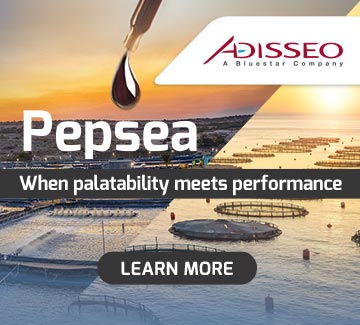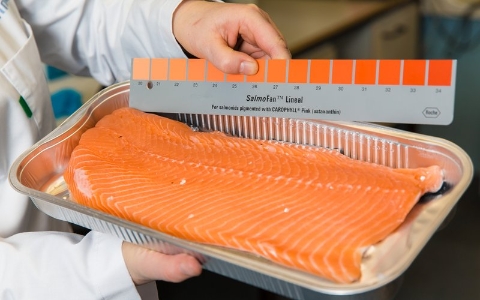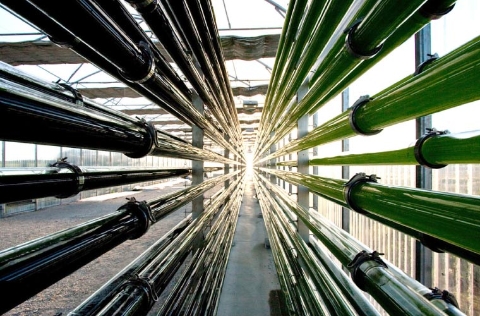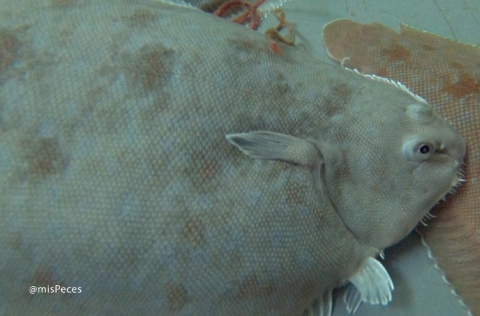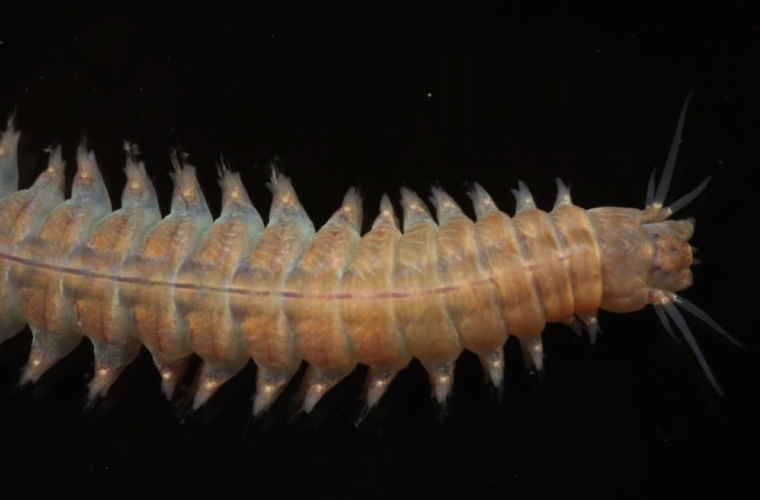
Spanish and Portuguese researchers are conducting remarkable work in marine polychaetae research, focusing specifically on Hediste diversicolor, a marine worm with a unique ability to thrive in sandy sediments though it omnivorous and detritivorous diet and its tolerance to varying environmental conditions.
This tube-dwelling worm is not only crucial for marine biodiversity but also possesses noteworthy nutritional value of fish feed applications. Its standout features is the ability to synthesise omega-3 fatty acids via sediment bioturbation – a progress of feeding, mixing, and oxygenating the sediment that makes it a critical player in the marine food web and essential to the health of coastal ecosystems.
A better understanding of Hediste diversicolor’s biology and behavior could unlock new ways to harness its potential for sustainable omega-3 fatty acid production, enhancing both marine ecosystem health and aquaculture practices.
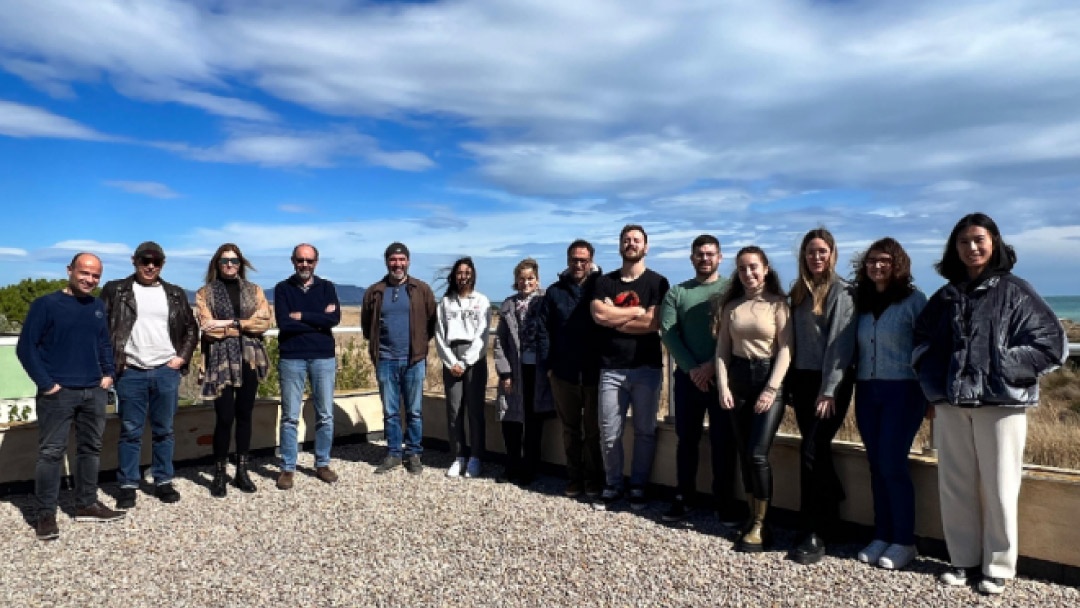
The POYPUFA project, focusing on polychaetes’ omega-3 synthesis and potential in aquaculture, brings together the Auxiliary Species in Aquaculture, Larviculture, and Ecotoxicology Research Group at Torre de la Sal Institute (IATS-CSIC), in collaboration with the Oceanographic Centre of Santander (IEO-CSIC), and University of Valencia, in Spain, and University of Porto in Portugal.
Omega-3 lipid scarcity could impact aquaculture’s future growth, making new omega-3 sources highly sought after by both researchers and the industry.
Researchers will prioritise optimization and circular economy principles, aiming to revolutionise aquaculture with solutions that are both sustainable and environmentally conscious.
The project will involve experiments, assessing the nutritional quality of polychaete biomass produced under optimal conditions and evaluating its impact when included in diets for commercially valuable marine fish.
SPACE project: Polychaetes as omega-3 biorenewables
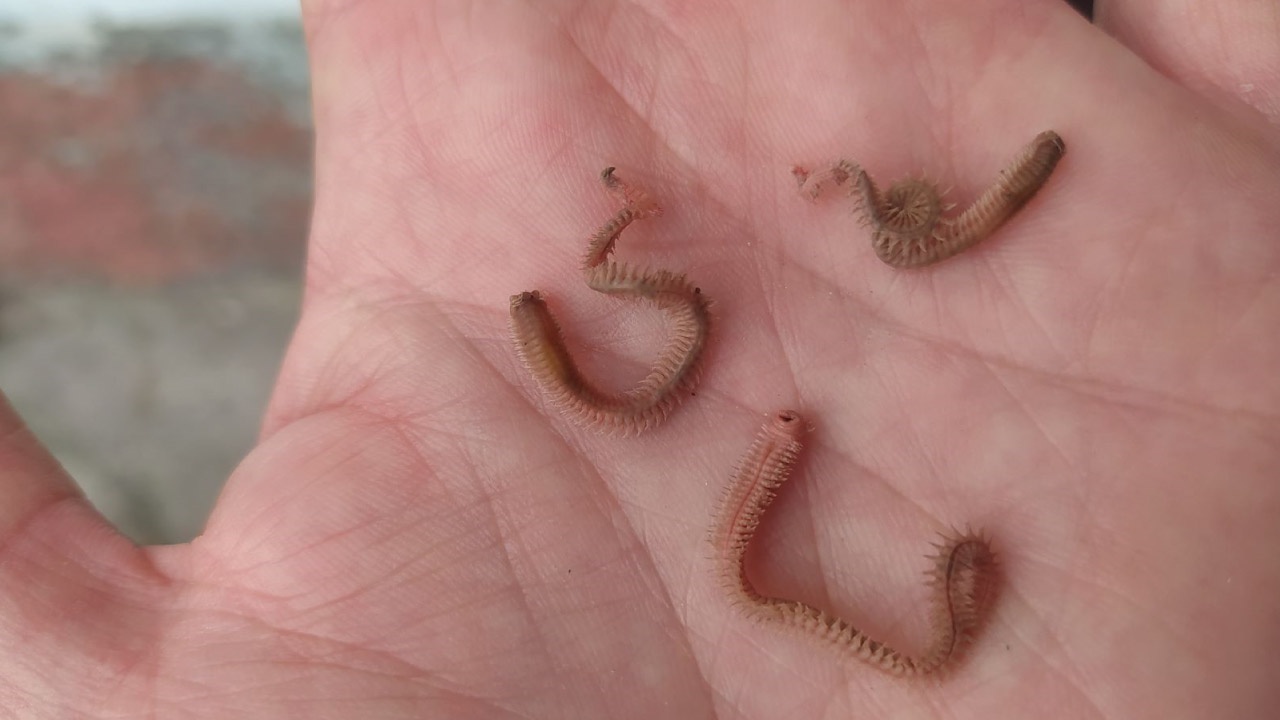
Spanish researchers Juan Carlos Navarro and Óscar Monroig, both from IATS-CSIC, are working on the SPACE project, establishing Hediste diversicolor as a source of omega-3 biorenewables, with potential as a primary ingredient for aquaculture feed.
After years of studying this species, researchers now understand the best diet and environmental conditions for optimal omega-3 production. This project will focus on refining cultivation methods to boost production.
The Oceanographic Centre of Santander (IEO-CSIC), with extensive expertise in the biology and culture of this marine polychaete, also contributes to this project.
Nereid polychaetes are notable for their high tolerance to environmental fluctuations, such as changes in salinity and temperature.
As previously highlighted on misPeces, certain polychaetes have the potential to replace up to 40% fishmeal in European seabass (Dicentrarchus labrax) feed without negatively impacting growth, diet utilization, or fish nutritional value.
New research, published at Marine Genomics, also underscores the importance of the polychaete’s transcriptome, paving the way for further exploration and sustainable exploitation of this valuable resource.

